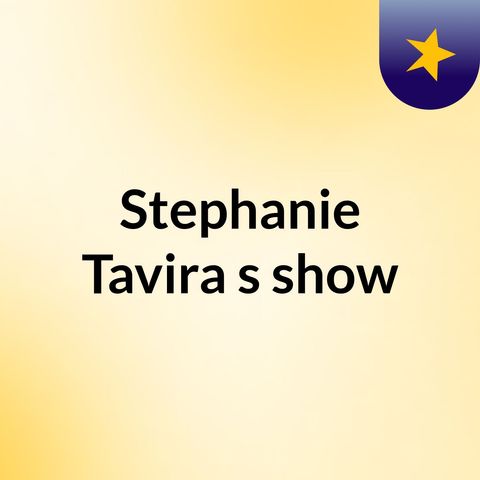Podcast Ch. 15

Download and listen anywhere
Download your favorite episodes and enjoy them, wherever you are! Sign up or log in now to access offline listening.
Nov 30, 2018 ·
5m 32s
Most commonly, when we consider language acquisition, we think of speech. However, language can also be acquired through sign, or sign language. Some of these children even sign in their...
show more
Most commonly, when we consider language acquisition, we think of speech. However, language can also be acquired through sign, or sign language. Some of these children even sign in their sleep, similar to how children will talk in their sleep. Like spoken language, sign language is different in various parts of the world. In America, it is referred to as American Sign Language, which was developed from French Sign Language. While ASL is used by about two million people, it was not initially considered a real language. Rather, people thought they were merely gestures. While they are similar in the fact that both involve the use of hands and other parts of the body, they are vastly different. Sign is used in place of speech, whereas gestures are used while speaking. An example would be if you tap your wrist while telling someone that you were late this morning. Gestures are part of the way in which meaning is expressed. There are also emblems, which can exist without speech. An example is putting a finger to your lips, which is the universal code for be quiet. In this case, it works as a fixed phrase. Emblems, however, depend on social knowledge. While one emblem may not be offensive here, it may be offensive elsewhere, so the use of emblems must be chosen based on setting. Iconics are gestures used in tangent with what is being said. An example would be holding a hand to your ear and saying I’m looking for my phone. By itself, it doesn’t signify that you are looking for anything, but it added to the meaning of what was said. Other gestures include deictics. Deictics refers to pointing. The use of deictic gestures occur when you point to something and make a statement or ask a question. For example, pointing to a box and asking will you hand me that box? There are also beats. Beats are short and quick movements of the hand or fingers. These gestures follow the rhythm of what is being said and is often used to emphasize or mark a change in what is being said. like with most gestures, on their own, they do not mean anything, but simply accompany speech. If hand movements are used to speak, then is is sign language. There are generally two categories of language. The first is alternate sign language, which is a system of hand signals used in a specific context where speech cannot be used.The next category is primary sign language. Primary sign language is the first language of a group of people who are typically deaf and do not use a spoken language. As stated before, sign language is different geographically. Since sign language was not considered a real language, teachers believed that spoken English needed to be taught to deaf children. Oralism, a method designed to teach deaf students to speak and read lips rather than use sign language, was used in the classroom. This method was never seriously challenged, despite its resounding failure. This was due to the fact that most people believed that most deaf children would never achieve very much. While oralism failed, sign language usage become more widespread. Rather than being passed from teacher to student, it was passed from student to student. Signed English is using English sentences with signs instead of words, also called Manually Coded English or MCE. This was emphasized in deaf education. It is designed to make interaction with deaf and hearing communities easier. It also helps a hearing parent communicate with their child much easier. Contrary to typical language, ASL is made for the eyes, not the ears. Signers use four key aspects visual information to produce linguistic forms. They are referred to as articulatory parameters, and consist of shape, orientation, location, and movement. Shape is the configuration of the hands used in forming the sign. Orientation is the way a hand is positioned. Location is used in identifying the place where hands are positioned in relation to the head and upper body of the signer. The last is movement, which described the type of motion used in forming signs.
show less
Information
| Author | Stephanie Tavira |
| Website | - |
| Tags |
-
|
Copyright 2024 - Spreaker Inc. an iHeartMedia Company
